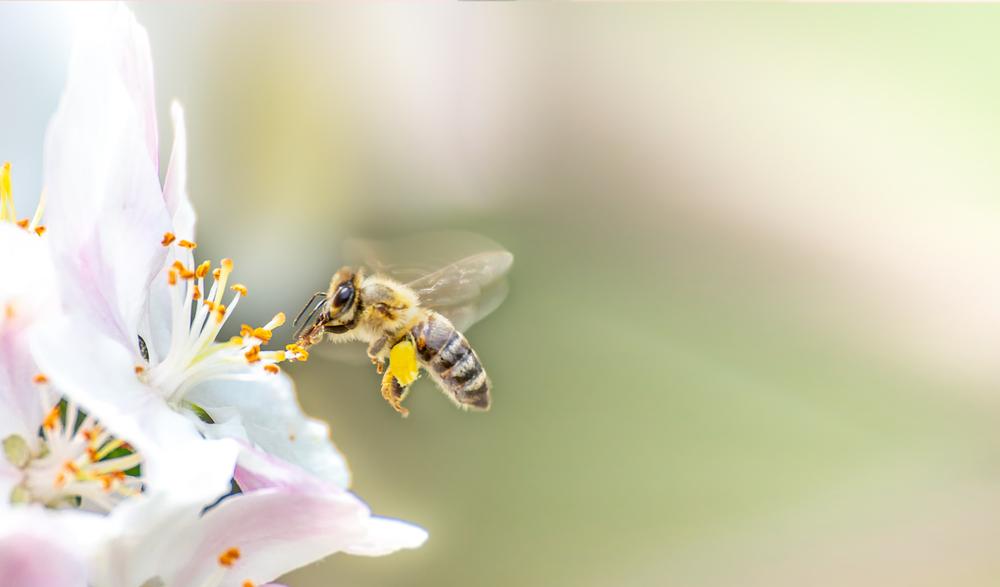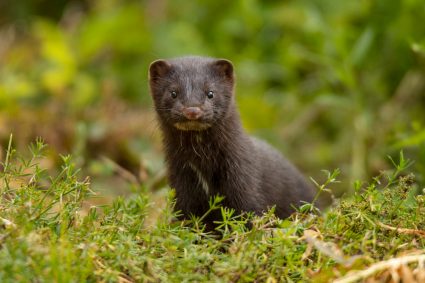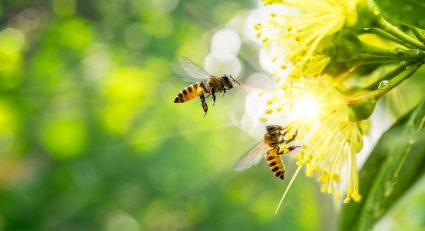
Neonicotinoids, a class of insecticides chemically similar to nicotine, have been a topic of increasing concern in the last decade due to their potential impact on bees and other pollinators. As these insecticides have become more widely used in agriculture, researchers have begun to investigate the question: Do neonicotinoids kill bees?
Yes, neonicotinoids do kill bees. They are systemic insecticides that can be present in a plant’s pollen and nectar, posing a risk to pollinators. Studies have shown that exposure to these insecticides can lead to reductions in bee food consumption, reproduction, survival rates, and foraging activity. They also disrupt bee behavior and social interactions, potentially leading to colony collapse. Furthermore, long-term exposure has been linked to massive bee and pollinator die-offs globally.
What Are Neonicotinoids?
Neonicotinoids are systemic insecticides that are absorbed by plants and can be present in their pollen and nectar, posing a risk to pollinators such as bees. Developed in the 1980s, they are among the most widely used insecticides in crop protection due to their efficacy against a broad spectrum of pests and relatively low risk for non-target organisms and the environment.
However, neonicotinoids have been linked to adverse effects on non-target organisms, including pollinators like bees. Their widespread use and water solubility have led to contamination of wetlands, streams, and rivers, posing risks to aquatic invertebrates and other wildlife.
The Impact of Neonicotinoids on Bees
Several studies have shown that neonicotinoids can have detrimental effects on bees. For honey bees (Apis mellifera), exposure to sublethal amounts of neonicotinoids can result in reductions in food consumption, reproduction, worker survival rates, colony survival, and foraging activity. Queen production in bumble bees is also significantly reduced by sublethal amounts of neonicotinoids, which may lower bumble bee populations because fewer colonies are established the following year.
Neonicotinoids can disrupt the behavior and social interactions of worker bees inside the hives. Bees exposed to the pesticide become lethargic, antisocial, and unable to keep up with key maintenance of the nest, which may impair colony growth and lead to collapse.
Furthermore, exposure to neonicotinoids can impair a bee’s ability to forage and collect resources outside the nest, even at low levels of exposure. Neonicotinoids can also disrupt circadian rhythms and sleep in honey bees, which could have negative consequences for their foraging and pollination activities.
Scientific Evidence Supporting the Harmful Effects of Neonicotinoids
Research has shown that neonicotinoids can cause sublethal effects in bees, such as reduced lifespan, impaired immune responses, learning difficulties, and foraging issues, as well as increased susceptibility to viruses.
In addition to these findings, neonicotinoids have been found to reduce honeybees’ ability to survive their winter hibernation, and exposure to neonicotinoids can impair bees’ social immunity, a tactic bees use to clean out dead or sick brood insects from the nest.
Long-term Impacts of Neonicotinoids
The long-term exposure to these insecticides has been linked to massive bee and pollinator die-offs around the globe, with potential long-term impacts on ecosystem health and food security. Neonicotinoids can also have indirect effects on ecosystems by contaminating soil, water, and non-target plants, leading to widespread environmental contamination.
Alternatives to Neonicotinoids in Farming
There are several potential alternatives to using neonicotinoids in farming, including other chemical insecticides, biological control, cultural practices, physical and mechanical control, and Integrated Pest Management (IPM).
Global Actions to Protect Bees
Globally, actions are being taken to regulate the use of neonicotinoids to protect bees. In the United States, the Environmental Protection Agency (EPA) has proposed interim decisions for neonicotinoids such as acetamiprid, clothianidin, dinotefuran, imidacloprid, and thiamethoxam.
In Europe, a bill pending in the House of Representatives (H.R. 1284) would require the EPA to suspend the registration of certain neonicotinoid pesticides under the Federal Insecticide, Fungicide, and Rodenticide Act.
Conclusion
The evidence is clear: neonicotinoids have a detrimental effect on bees and other pollinators. While they may not be the sole cause of declining bee populations, their impact is significant and warrants further research and regulatory efforts. As we continue to understand the full extent of their effects, it is crucial that we work towards finding safer, more sustainable alternatives for pest management.
Frequently Asked Questions
What are some examples of neonicotinoids?
Some common examples of neonicotinoids include imidacloprid, clothianidin, and thiamethoxam.
How are neonicotinoids applied to crops?
Neonicotinoids can be applied in various ways, including soil application, seed treatment, and foliar spraying. The method of application depends on the type of crop and the targeted pests.
Are there any neonicotinoids that are safe for bees?
Current research suggests that all neonicotinoids have the potential to harm bees and other pollinators. While some may be less toxic than others, there is no neonicotinoid that is considered safe for bees.
What is Integrated Pest Management (IPM)?
Integrated Pest Management (IPM) is an environmentally friendly strategy that uses a combination of techniques to control pests, including biological control, habitat manipulation, modification of cultural practices, and use of resistant varieties. Pesticides are used only after monitoring indicates they are needed and treatments are made with the goal of removing only the target organism.
What is the current stance of the EPA on neonicotinoids?
The EPA is currently reviewing the safety of neonicotinoids and has proposed interim decisions for several neonicotinoids. The agency is taking into consideration the impact of these insecticides on pollinators and the environment.











